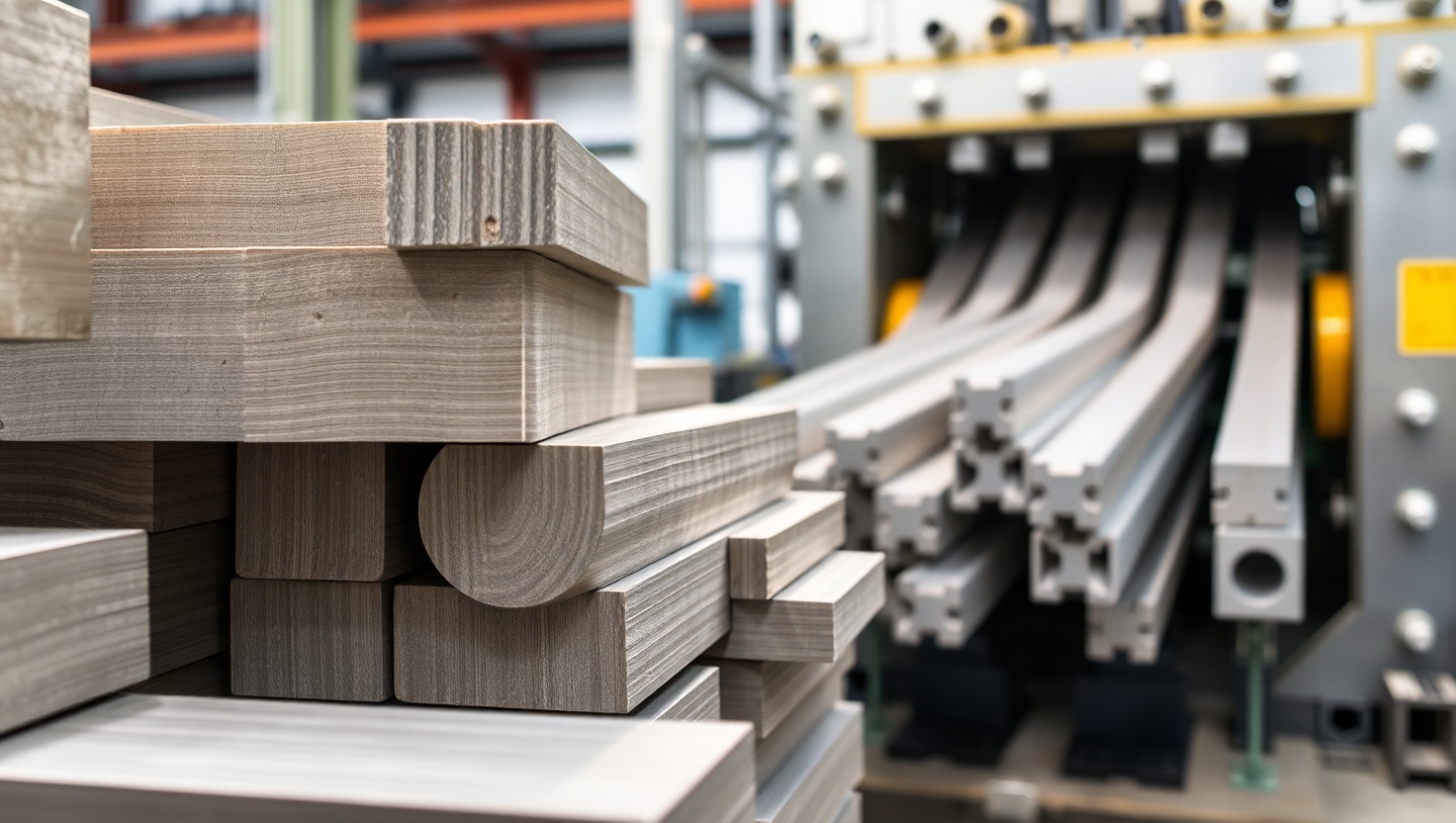Why Billet Quality Directly Impacts Your Aluminum Extrusion Output
Published by: ALUTimes | Date: July 18, 2025
Table of Contents
- Introduction
- Importance of Billet Quality
- Key Billet Characteristics
- Common Billet Defects
- Impact on Extrusion Output
- Billet Quality Assessment Methods
- Case Study: Billet Quality Transformation
- Best Practices to Ensure Billet Quality
- Conclusion
- Disclaimer
Introduction
Billet quality is a cornerstone of successful aluminum extrusion operations. The properties and consistency of aluminum billets significantly influence the structural integrity, surface finish, and dimensional accuracy of the final product. Poor-quality billets can result in process inefficiencies, increased scrap rates, and compromised product quality.
Importance of Billet Quality
Aluminum extrusion involves forcing pre-heated billets through a die to form complex profiles. Any variation in billet composition, microstructure, or temperature uniformity can lead to defects during extrusion. High-quality billets help ensure smoother flow, consistent extrusion pressure, and reliable output.
Key Billet Characteristics
- Chemical Composition: Accurate alloying ensures mechanical strength and corrosion resistance.
- Grain Structure: Fine and uniform grains provide better mechanical behavior and surface finish.
- Homogeneity: Minimizes segregation, which can cause localized weak zones.
- Surface Finish: Clean billets reduce die wear and prevent contamination.
- Temperature Uniformity: Essential for isothermal extrusion and dimensional accuracy.
Common Billet Defects
Identifying and eliminating billet defects is critical to minimizing extrusion line downtime and rejects:
- Centerline segregation
- Surface cracks or folds
- Gas porosity or inclusions
- Non-uniform temperature distribution
- Improper homogenization
Impact on Extrusion Output
Here’s how billet issues translate into production challenges:
- Increased extrusion force requirements
- Higher scrap generation
- Reduced extrusion speed and throughput
- Dimensional inconsistencies
- Shorter die life due to surface contamination
Billet Quality Assessment Methods
Quality assurance of billets involves several inspection and testing steps:
- Optical emission spectroscopy for alloy verification
- Ultrasonic testing to detect internal flaws
- Macro-etching to assess grain size and homogeneity
- Temperature profiling before extrusion
- Visual inspection for surface flaws
Case Study: Billet Quality Transformation at AluForce
Company: AluForce Extrusions Ltd.
Problem: Frequent die clogging and inconsistent profiles
Action: Switched to premium-grade billets and introduced thermal imaging QC
Results:
- Defects reduced by 37%
- Profile tolerance improved from ±0.1 mm to ±0.04 mm
- Overall productivity increased by 19%
Best Practices to Ensure Billet Quality
- Source billets from ISO-certified suppliers
- Implement batch tracking and traceability
- Pre-heat billets in temperature-controlled furnaces
- Use billet scalping and cleaning to remove surface defects
- Train staff in billet defect identification and handling
Conclusion
High-quality billets are essential for achieving consistent, high-performance aluminum extrusions. Manufacturers must prioritize billet quality control to reduce defects, increase die life, and boost output. By investing in quality raw materials and rigorous inspections, extrusion plants can achieve both efficiency and excellence.
Disclaimer
This article is for educational purposes only. Readers should verify any processes with certified industry professionals before implementation.

